THE ASAHI SHIMBUN
July 17, 2022 at 17:42 JST
Airports and tourist destinations were packed with visitors at the July 16 start of a three-day weekend, as daily new COVID-19 cases nationwide topped 110,000, a level that exceeds all other records since the health crisis struck in early 2020.
A steep surge in cases in recent weeks came as tourism operators and ordinary folk were finally beginning to enjoy a sense of normalcy not seen over the past two years.
At Haneda Airport in Tokyo, Ryo Togo, a company employee in Yokohama, said he was flying with his wife and 1-year-old daughter to see his grandmother in Yamaguchi.
Togo, 36, and his family booked this July trip in spring when novel coronavirus infections were still within manageable limits.
“I never expected this latest wave of infections would spread so fast,” he said.
Togo said he had received three jabs to date and will take all necessary precautions during the trip to see his grandmother, who is in her 90s.
“Of course I am concerned about the possibility of infection, but I felt strongly about my grandmother seeing my daughter” as this will mark the first time for the two to meet, he said.
Popular Nakamise shopping street in Tokyo’s Asakusa district was filled with women in Japanese summer kimono and foreign visitors browsing the shops.
Keiko Himeji, a 64-year-old homemaker from Kyoto, said her trip to Tokyo was initially planned three years ago but first postponed due to a typhoon and then the pandemic.
“It is a big worry that new cases are spiking again. We have no choice but to live with it,” she said.
In Inuyama, Aichi Prefecture, Haruo Umemura, a manager of Kiso Kanko, an operator of pleasure boats offering traditional “ukai” cormorant fishing tours on the Kisogawa river, expressed concern about the rise in new cases.
The tours, a summer draw, attracted around 20,000 visitors annually prior to the pandemic.
But the number of tourists who signed up for the company’s tours last year was only about one-10th of a normal year.
As a precautionary measure this season, Kiso Kanko began offering tours in June by limiting passengers to 80 percent of capacity on the three types of boats it uses.
The operator said tourist numbers surpassed last year’s level in early July and was fully booked with mostly group tours until the Bon holiday break in mid-August.
But then the seventh wave in the health crisis hit. Umemura is now paying keen attention to how the central and Aichi prefectural governments will respond to the latest developments.
As an initial step, he is considering a further cut in passenger numbers on each boat trip.
“Boats are not enclosed spaces and we have precautionary measures in place,” he said. “We want customers to feel reassured so they can relax.”
In Okinawa Prefecture, where tourism is a mainstay industry, new cases began climbing sharply toward mid-July.
Daily new cases there topped 3,000 for five straight days until July 16. The prefecture chalked up more than 1,000 cases per 100,000 head of population daily over the most recent reporting week, the highest in the nation.
A souvenir shop in the Kokusai-dori main street in the prefectural capital of Naha said customer numbers have been slowly rising since early May after sales plunged to about one-10th of pre-pandemic years in 2020 and 2021.
Prior to the three-day weekend, the shop stockpiled twice as many items as it had for sale in 2021.
But the shop’s business fortunes are now in doubt as a central government program to offer subsidies to those making trips nationwide was shelved due to the fast spread of new virus cases.
“We are seeing the most customers we’ve had in the past two years, but we will have to shorten our operating hours if the local authorities impose restrictions on people’s movements,” said Izuru Kawakami, who heads the shop.



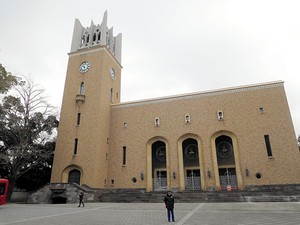



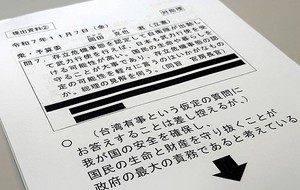

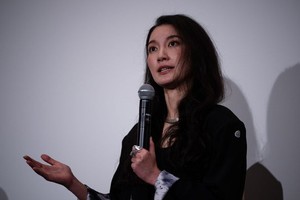







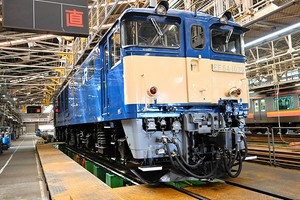

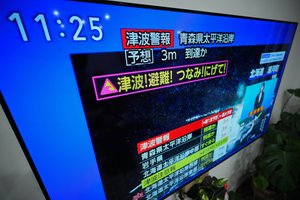
A peek through the music industry’s curtain at the producers who harnessed social media to help their idols go global.
A series based on diplomatic documents declassified by Japan’s Foreign Ministry
Here is a collection of first-hand accounts by “hibakusha” atomic bomb survivors.
Cooking experts, chefs and others involved in the field of food introduce their special recipes intertwined with their paths in life.
A series about Japanese-Americans and their memories of World War II